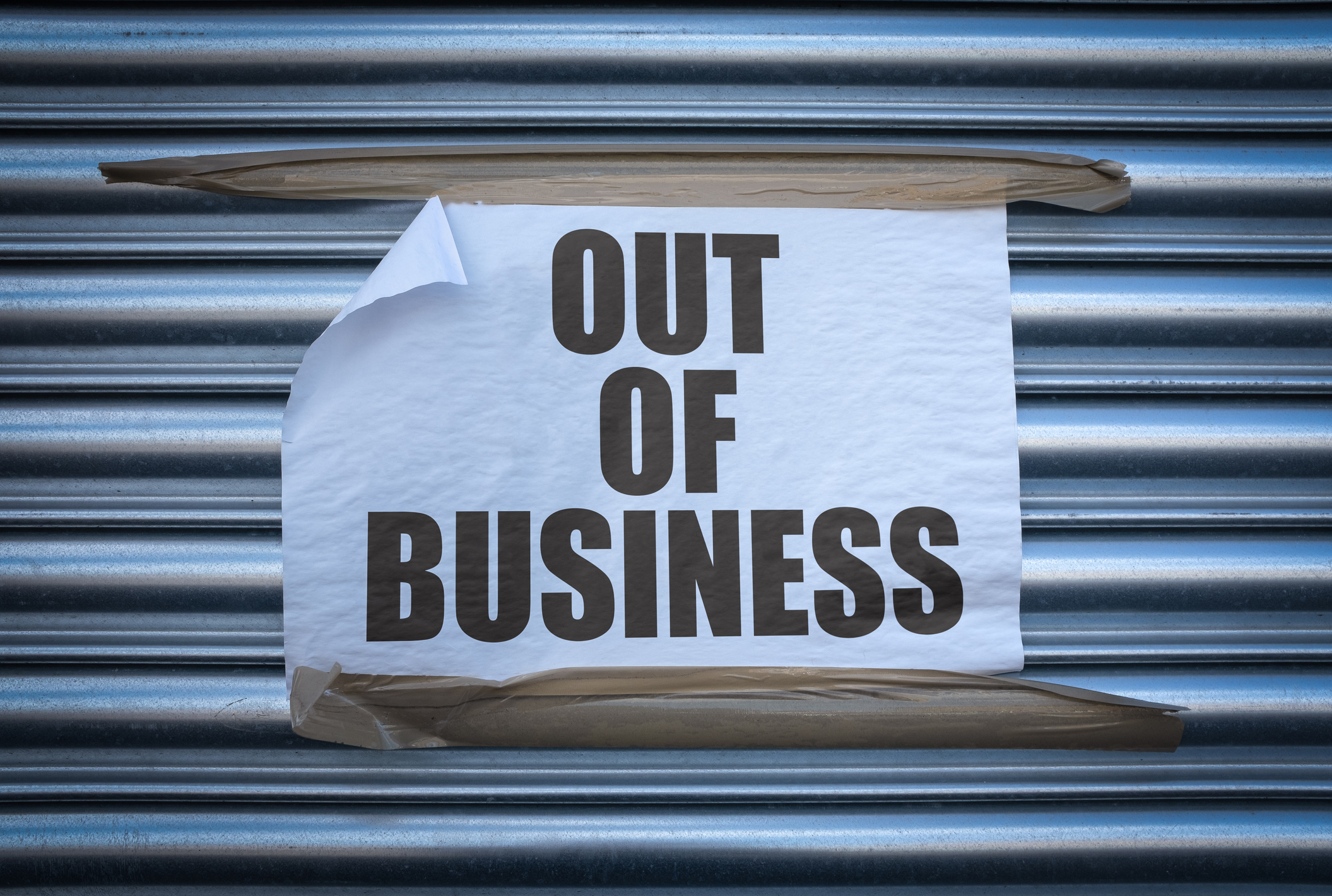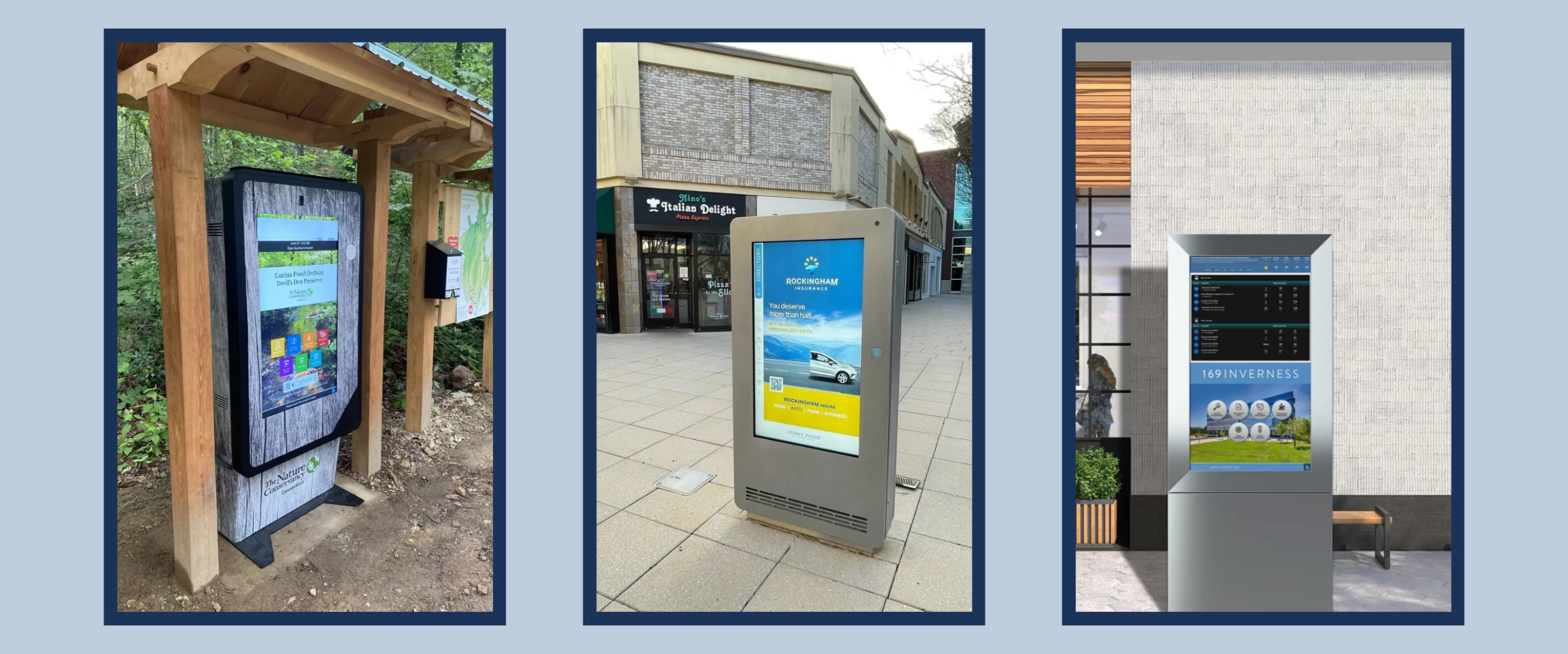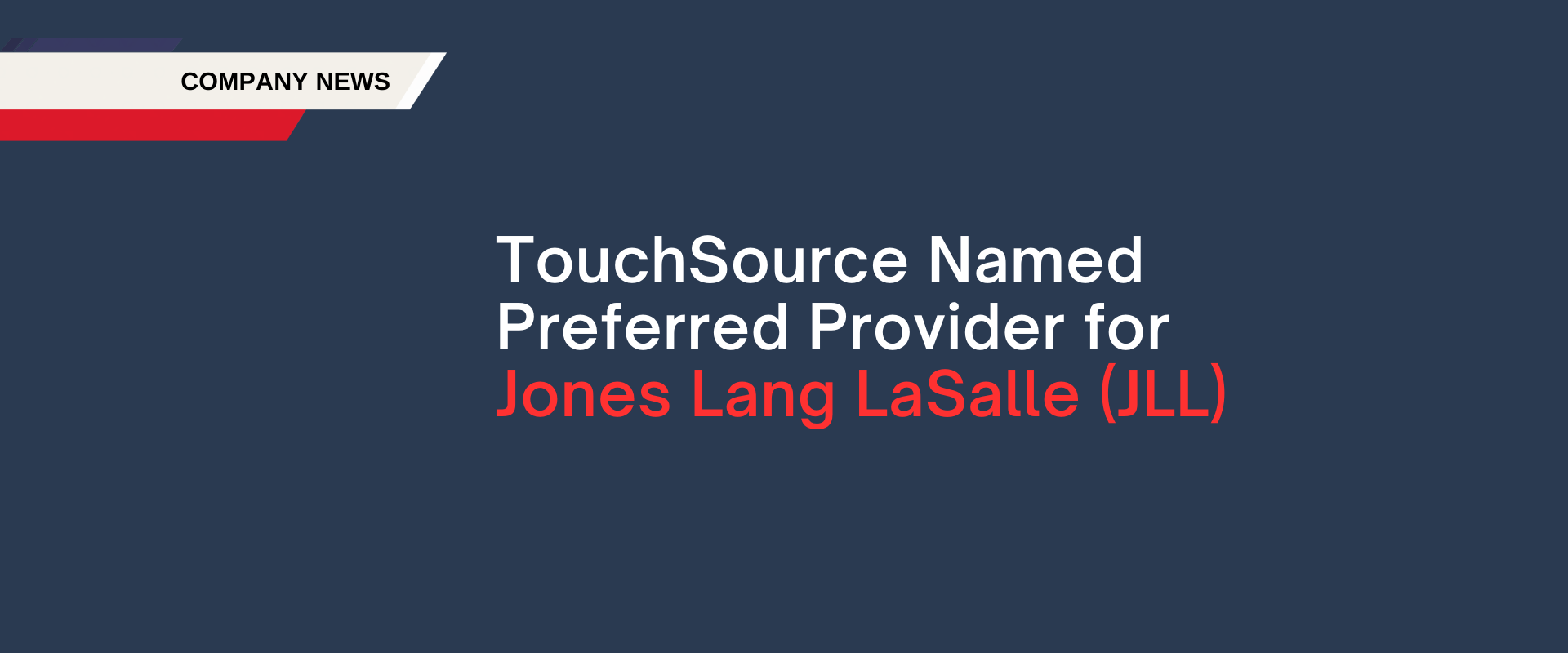Death and Rise of the Office: Trends to Watch in 2022
COVID-19 Unalterably Changed How We Work
COVID-19 has unalterably accelerated the pace of innovation and in dramatic ways. I’ll try to distill some of the thoughts, but this is just the tip of the iceberg as we look at the office in 2022.
Every year, I spend some time at the start of the year researching the economic markets, real estate trends, innovations in vertical markets and the state of various industries. I also speak to our partners and customers to get a pulse of the year and what is top of mind for all. This year was interesting in that the world paused for the first 6 weeks of the year as the Omicron variant spiked and then retreated. When we emerged again from the mask mandates, crisis of care standards, and large swath of infections, the rate of change had dramatically accelerated. Now that we’re emerging yet again from a period of COVID-induced change management, here’s where the most interesting changes may start to happen.
The Seismic Change in How We Work
Fifth Wall’s Roelof Opperman noted that this time period represents, “the most seismic change in working since the industrial revolution”. Some fear that that an entire class of workers that started to work from home during the pandemic will never return. However data from Harvard Business Review shows that many of the workers will come back to the office, but will be cutting time in the office by 30% or more. With that change, we are forecasting a dramatic acceleration in three different areas in the office in 2022:
1. Office as an Innovation Hub: In a recent survey by Cushman Wakefield of 339 executives, 70% of respondents highlighted that the fostering of creativity and innovation was the most important role for an office. This turns the office itself into a place of inspiration through bold uses of art and technology to inspire and foster the innovation desired.
2. “Agile Everything” Office: PWC identified a gap between executives and employees in the planned pace of return and the amount employees will return to the office. In addition, small businesses that are traditionally 100% in-office such as law, insurance, wealth management, and real estate are now showing an increased flexibility in traditionally rigid industries. All of this points to a conclusion that the office building will be different every day of the week in terms of density, utilization, and personnel. With this dramatic shift, tenants, visitors, and employees will demand a dynamic infrastructure from the facility itself. What was previously thought of as a slow transition to the “Agile Everything” office is now moving at a sprinter’s pace. Technology, infrastructure, and resources will need to catch up.
3. From Digital Twins to NFTs to the Metaverse: For the past few years, the concept of the Digital Twin has dominated the dialog as the “future of operations”. The notion is that an entire digital representation of a building can be used to optimize everything from design to the use of power and resources from the blueprint through the lifecycle of a building. That conversation was accelerated in the fall of 2021 with Facebook’s transition to Meta. The future Metaverse as a digital twin is an architectural bridge between the physical and virtual worlds. It may be hard to see a bridge between a physical office and the virtual worlds of Mark Zuckerberg, but we are already seeing the small steps move quickly. The rise of place-based digital experiences that can easily move to mobile and to the user in the form of digital maps, non-fungible digital tokens (NFTs) or digital access control is a tangible and rapidly evolving form of movement to the digital world. Similarly we are anticipating that the inherent transferability of NFTs makes them perfect for real estate and all of the small transferrable assets within real estate. Commercial office space is one of the most sold asset classes in real estate. As a result, all of the assets in the building are sold frequently. However in a world of NFTs and “digital ledgers of assets”, it could be reasonable to predict that transferrable assets will be managed like tokens into and out of the hands of buyers. In addition, the digital twins and meta representations of buildings could be tools of monetization themselves. Whatever does happen, it is moving quickly.
There are some that are betting against the office but data is showing a different story with Google’s $1B purchase of a London office, Amazon’s increased investment in HQ2, and a parade of announcements on workers returning to the office. The truth is that the office is under a “seismic change” and 2022 will be one of the fasting moving years we have seen. For owners property operators, occupiers and owners, it’s critically important that they stay ahead of the curve. Innovation moves fast and by investing in experience, simplicity, digitalization and agility, they will attract and retain the best employees and tenants.













